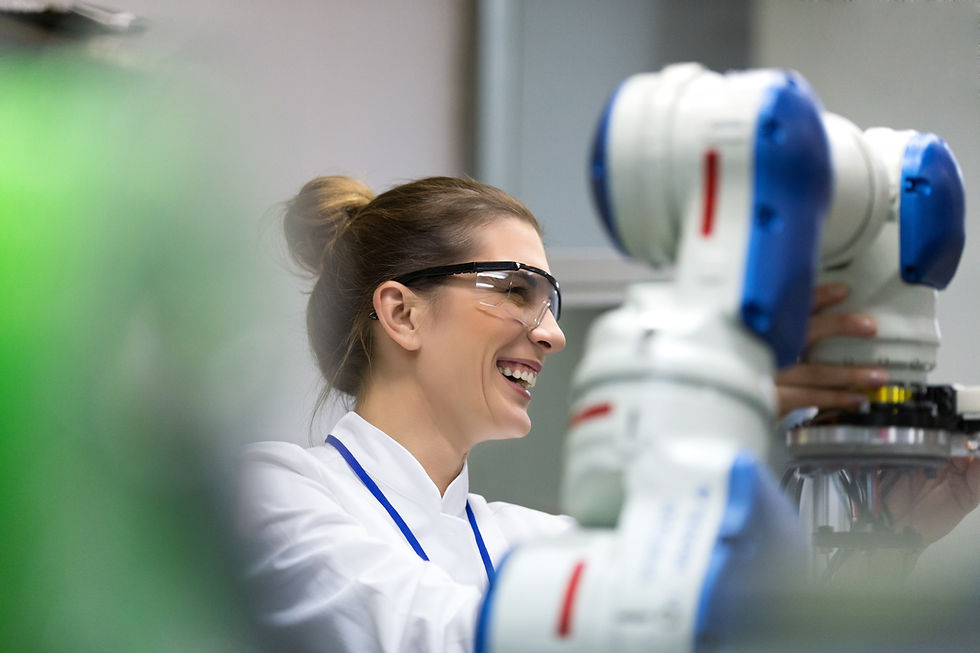A skin" that "heals" and "wrinkles", the first Japanese robot with "Humans" specifications
- HappyNass

- Jul 7, 2022
- 2 min read

A research group at the University of Tokyo Graduate School has succeeded in developing the world's first robot covered with a layer of "live skin".
The results of this research, which was announced after nearly three years of diligent work, were published today in the online edition of the American scientific journal "Matter".
A research group led by Professor Shuji Takeuchi (Department of Intelligent Machines and Information Science) and the Graduate School of Information Science and Technology at the University of Tokyo, has come up with a way to grow human skin cells and make them multiply around a finger-sized robot, in a layer about 1.5 millimeters thick.
Until now it was possible to grow the skin on a flat surface, but it remained difficult to cover a 3D object such as a robot with a sharply recurring implant skin. Therefore, this development is the first of its kind in the world.
It is reported that the skin was not torn, even when the robot the size of a finger repeated the bending and stretching movements at the level of the joints, and as it continued to move, “wrinkles” formed around it, resembling human skin.
In addition, since the transplanted skin covering the robot contains living cells, it also has a “healing capacity” that allows wounds to heal themselves, as occurs in human skin.
In the research group's experiment, when the skin of a robot the size of a finger was injured and a layer of collagen was attached to the wound, the skin cells moved and divided repeatedly, and the wound was healed after 7 days.
According to the research group, “a small wound has a good chance of self-healing without doing anything.” Human skin is made up of “epidermis,” “dermis,” “subcutaneous tissue,” “blood vessels,” “nerves,” and so on. Research group working on “epidermis” and “dermis”.
The dermis alone uses 10 million cells. Because this robot does not have blood vessels, it is not in a state where "nutrients" are always sent like human fingers. Therefore, it is necessary to soak tissue in culture solution to obtain nutrients.
The research group says that one of the next tasks is to “achieve a longer life for the robot by inserting nerves and blood vessels into the skin.”
What will the robot of the future be like?
With the development of artificial intelligence techniques, the presence of robots in various situations is increasing. Social robots that aim to communicate with humans use soft materials such as silicone rubber to give them a more human-like appearance and to protect themselves from shocks.
This silicone rubber deteriorates over time, but if the robot has live skin, it can repair itself every time it gets scratched, which can reduce maintenance costs.
Source News: Published on June,24,2022 https://www.albayan.ae/technology/2022-06-24-1.4463485








Comments